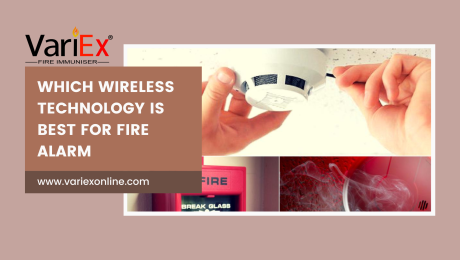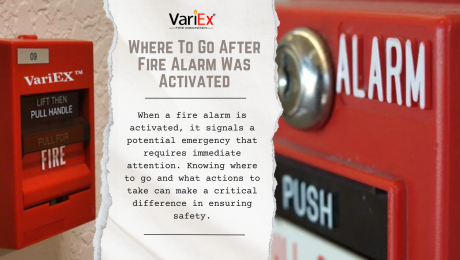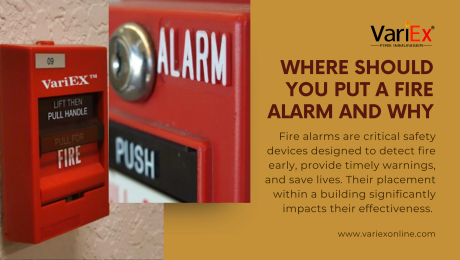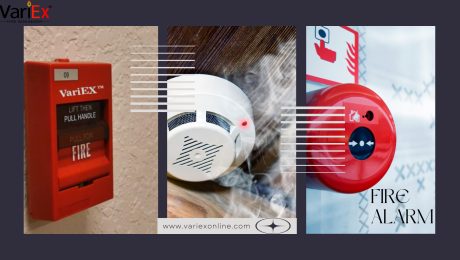A fire alarm, a paramount safety device, detects and alerts individuals to fire, ensuring rapid response and evacuation. Essential in homes, businesses, and public spaces, these alarms use various sensors, such as smoke and heat detectors, to identify potential threats. Upon detection, the alarm emits a loud, distinctive signal, serving as an early warning system. Modern fire alarms often integrate advanced technologies, including carbon monoxide detection capabilities, providing comprehensive protection. Regular testing, maintenance, and adherence to safety standards are crucial to guarantee the system’s reliability. Investing in a reliable fire alarm system is not just a precautionary measure; it is a proactive step towards safeguarding lives and property, emphasizing the crucial role these devices play in comprehensive fire safety strategies.
Which Wireless Technology Is Best For Fire Alarm
- Published in Fire Alarm
Where To Go After Fire Alarm Was Activated
- Published in Fire Alarm
Where Should You Put A Fire Alarm And Why
- Published in Fire Alarm
Where Is The Fire Alarm Located In Ship
- Published in Fire Alarm
What Is Use Of R2 In Fire Alarm
- Published in Fire Alarm, Fire Fighting System
What Is Use Of R1 In Fire Alarm
- Published in Fire Alarm, Fire Fighting System
What Is The Working Of Fire Alarm
- Published in Fire Alarm, Fire Fighting System
What Is The Use Of Zone Fire Alarm Panel
- Published in Fire Alarm, Fire Fighting System
What Is The Use Of Light Sensitive Fire Alarm
- Published in Fire Alarm, Fire Fighting System
What Is The Battery Capacity Of Wireless Fire Alarm System
- Published in Fire Alarm, Fire Fighting System
What Is Pre Fire Alarm
- Published in Fire Alarm, Fire Fighting System









